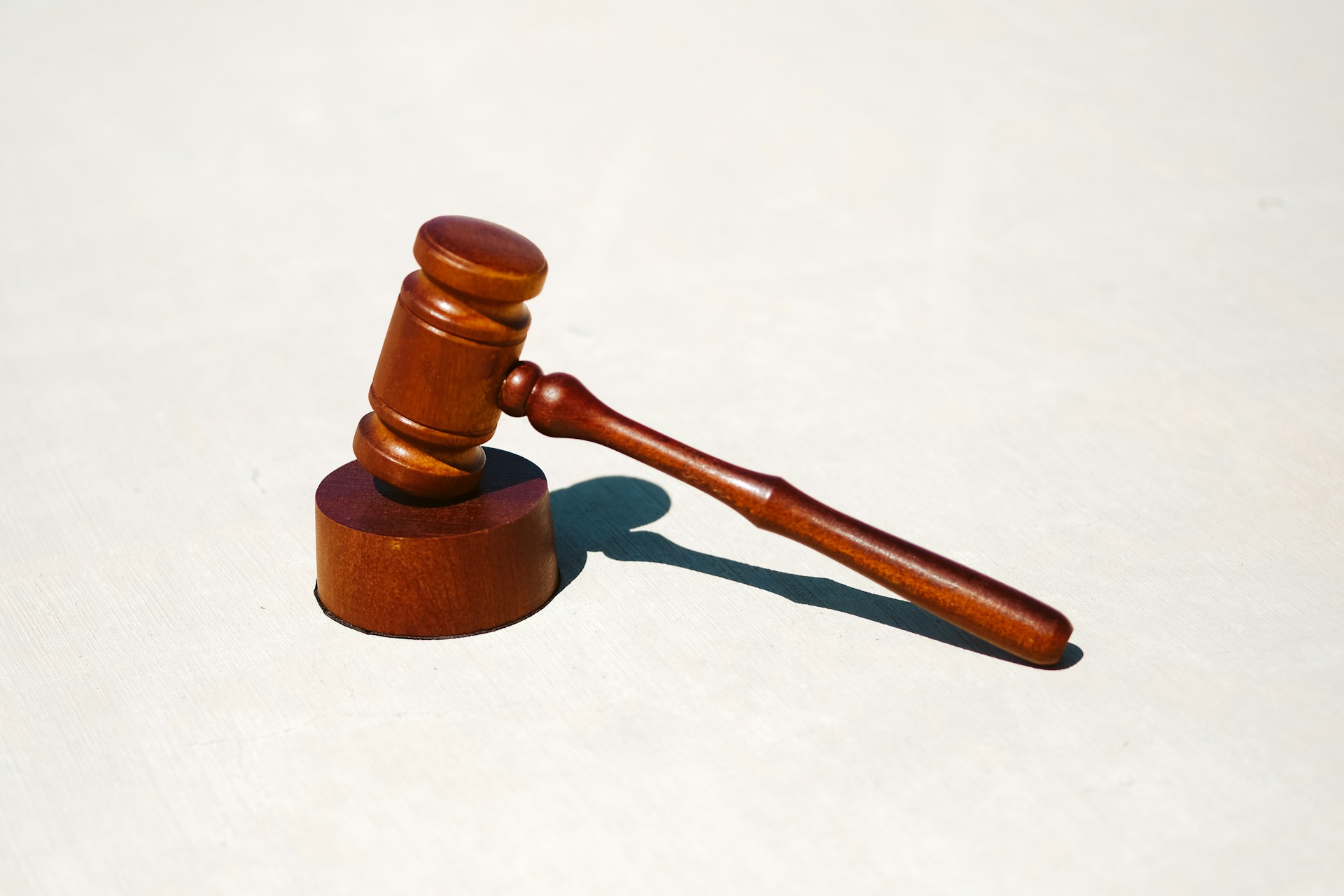
Agenda: Evaluating the Legal Personhood of India's Major Rivers and Their Right to Sue Polluters
With rising pollution and depletion, should India grant its rivers legal personhood to ensure their protection? The right to life (Article 21) includes access to clean water, while the government's duty (Article 48A) and citizens responsibility (Article 51A(g)) emphasize environmental preservation. While courts have debated this idea-the Uttarakhand High Court granted rights to the Ganga and Yamuna in 2017, later stayed by the Supreme Court-existing laws like the Environment Protection Act (1986) and Water Act (1974) aim to control pollution. Global precedents, such as the Whanganui River in New Zealand and the Atrato River in Colombia, offer models for legal recognition. However, challenges remain: Who will represent the rivers in court? How do we balance ecological conservation with human needs? This discussion will help youth parliamentarians evaluate environmental policies, legal frameworks, and governance strategies to protect India's rivers for future generations.
LOK SABHA 3


Executive Board
Coming Soon!
Call Us
Location
Vivaan Banerjee - 9811791760
Kenisha Dawar - 8920301737
Khushi Joshi - 9667417283
Agastya Trikha - 9560140064
Stavya Khurana - 9871653636
information@lotussansad.com
outreach@lotussansad.com


